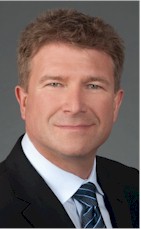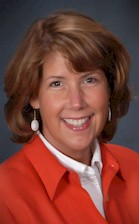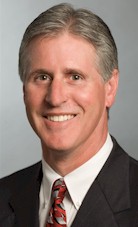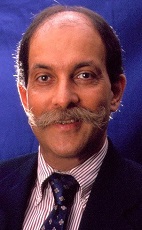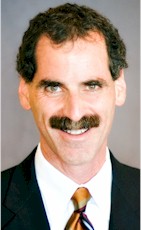
In keeping with the distinctive character of the collection, vast varieties of spa services are available to guests and include indigenous treatments. As a result, the Destination Spa Collection is challenged with managing sixteen spas, all unique in their offerings and services, while at the same time, maintaining consistent standards and memorable experiences for spa guests. Our spa team leaders have seized this opportunity to open communication amongst all directors to create a sense of community and alignment. READ MORE


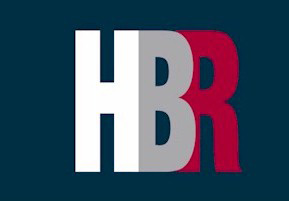
 More and more, hotel spas are learning that simply waiting for guests to walk through the door or passively relying on traditional hotel marketing department approaches aren't winning strategies. A marketing department's game plan of placing the spa's brochures in the guest rooms, spa posters in the elevator, a page on the website, all dosed with "luxuriating" descriptors and images of guests having treatments simply isn't enough. Additionally, the spa-goer is forever changed by the recent prolonged unemployment, rising fuel costs and economic instability. As spas increased in number so did those frequenting spas, however, their wants and needs were changing. No longer will the $200 per hour spa service make it in most cities without the recipient feeling that they have really received something with a measurable impact on their health and well-being. The art of consistently satisfying the needs and desires of spa guests results in loyalty and valuable referrals. The July Hotel Business Review will present readers with an insight into some of the current challenges hotel spa operators are experiencing, with case studies from those hotels currently at the forefront of spa leadership.
More and more, hotel spas are learning that simply waiting for guests to walk through the door or passively relying on traditional hotel marketing department approaches aren't winning strategies. A marketing department's game plan of placing the spa's brochures in the guest rooms, spa posters in the elevator, a page on the website, all dosed with "luxuriating" descriptors and images of guests having treatments simply isn't enough. Additionally, the spa-goer is forever changed by the recent prolonged unemployment, rising fuel costs and economic instability. As spas increased in number so did those frequenting spas, however, their wants and needs were changing. No longer will the $200 per hour spa service make it in most cities without the recipient feeling that they have really received something with a measurable impact on their health and well-being. The art of consistently satisfying the needs and desires of spa guests results in loyalty and valuable referrals. The July Hotel Business Review will present readers with an insight into some of the current challenges hotel spa operators are experiencing, with case studies from those hotels currently at the forefront of spa leadership.









